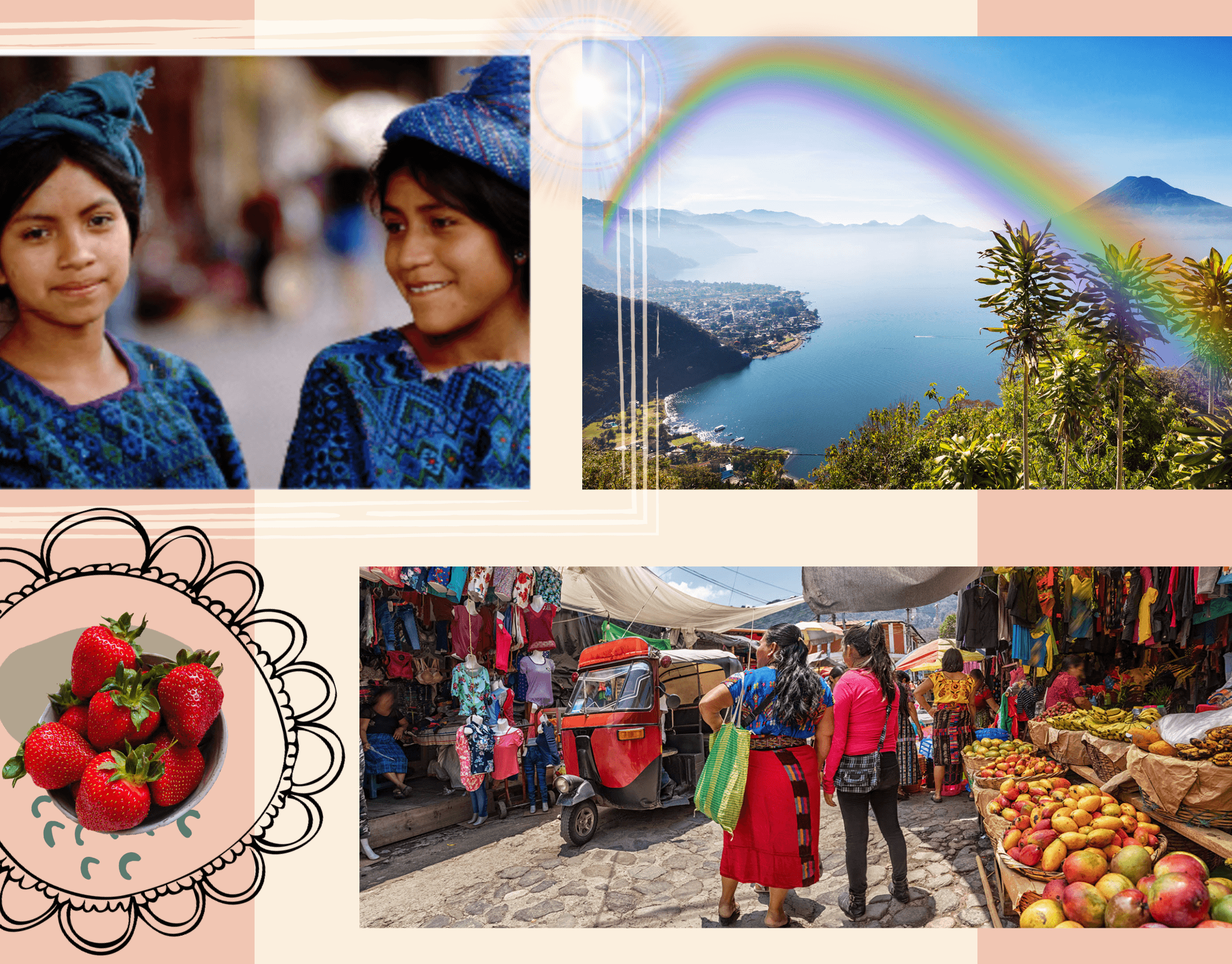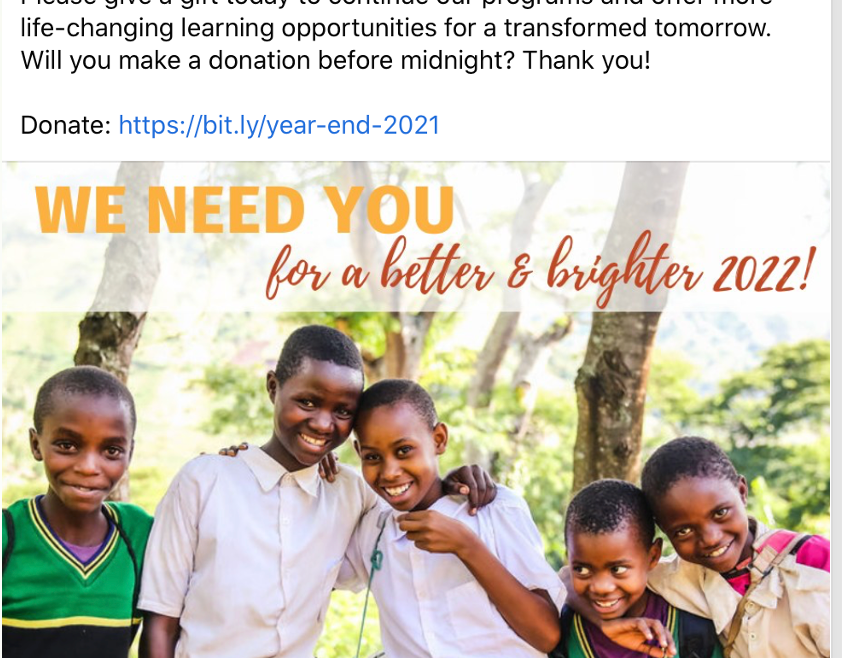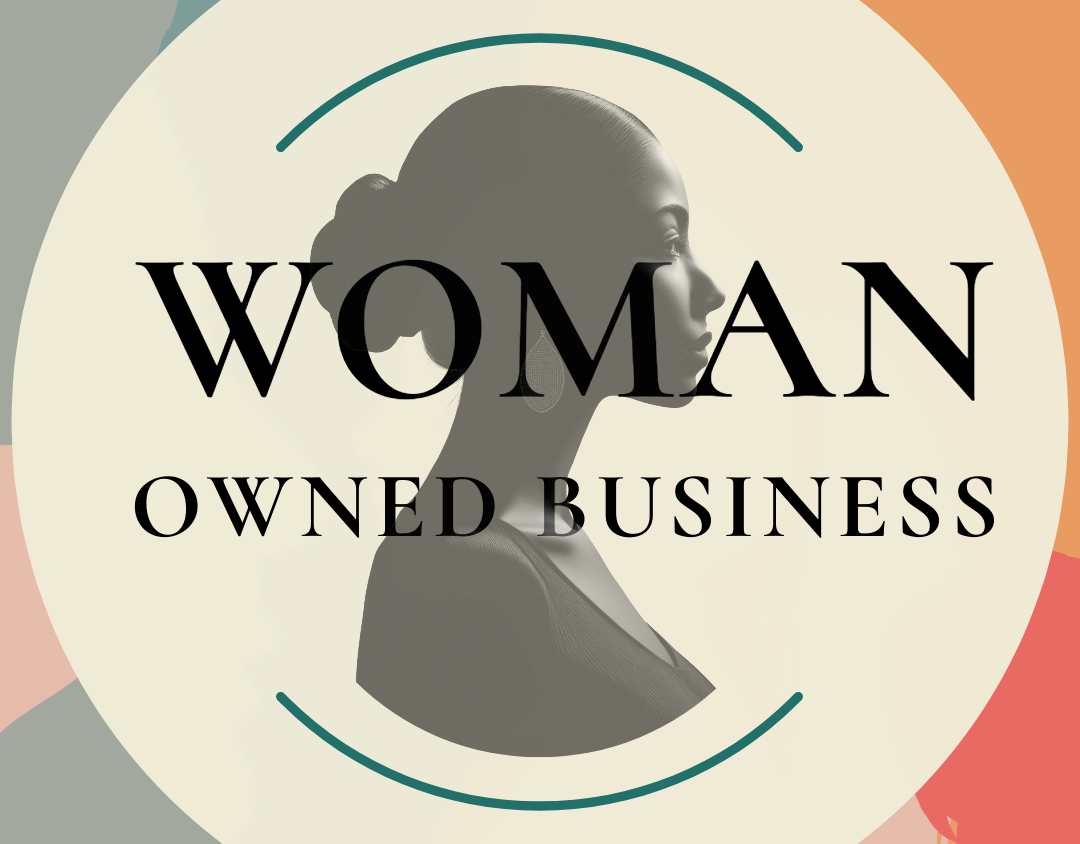“The United Kingdom of Morocco.” Countries & Their Cultures. Yale University Series, Ember, Melvin & Carol R. Ember, eds., New York: Macmillan Reference USA. Author.
Alternative Names
Local long form: Al Mamlakah al Maghribiyah; local short form: Al Maghrib
Local long form: Al Mamlakah al Maghribiyah; local short form: Al Maghrib
Al Maghrib, the Arabic name for Morocco, means "far west" or "where the sun sets." When the Arabs first arrived in northern Africa in the seventh century C.E. , Morocco was believed to be the westernmost point in the world. At that time, the Maghrib region included the countries that are today Morocco, Algeria, and Tunisia. The countries of the Maghrib share many common historical and cultural features. All have indigenous Berber populations and a strong Islamic base. Similarly, all were colonized by France, and remain largely bilingual, with both French and Arabic being spoken. Although European influence in Morocco is strong, it is still a country of distinctly Arabic tradition. The vast difference between the crude life on the streets and the hospitality and intimacy found in the home reflect the duality that is deeply ingrained in Moroccan culture. But one aspect of Moroccan life that is distinctly unified is religion. The king has declared that all citizens are born Sunni Muslims, and Islam is an important part of everyday ritual life. The Moroccan government is a constitutional monarchy, with a very powerful king. It is this mix of European and Arab influence, loyalty to the king and a strong Islamic base, that creates the uniquely Moroccan identity.
Morocco is slightly larger than the state of California, covering approximately 174,000 square miles (447,000 square kilometers), and lies in northern Africa just south of the Strait of Gibraltar. Its bordering countries are Spain to the north, Algeria to the east, and the disputed Western Sahara territory to the south. The northern portion of the country borders the Atlantic Ocean to the west and the Mediterranean Sea to the northeast, resulting in a moderate and subtropical coastal climate. Temperatures in the interior are more extreme, with very hot summers and cold winters. Morocco is comprised of four distinct geographic regions. The Rif Mountains lie in the northern part of the country parallel to the Mediterranean coast and rise to 8,000 feet (2,400 meters). The Rif are home to the Rifi Berbers, one of the largest indigenous tribes remaining in the country. A wide area of coastal plains extends across the western seaboard, a region of phosphate mining and the cultivation of citrus, olives, tobacco, and grains. Many of these resources are processed for export, making the western coast the economic center of the country. The majority of Morocco's heavily populated urban centers also lie in this region, including the capital city of Rabat. The Atlas Mountain region has three distinct ranges, known as the Middle, High, and Anti-Atlas. The High and Middle Atlas are home to the Amazigh Berbers, another of the major tribes, while the Soussi tribe lives in the Anti-Atlas. Vastly different from the bustling cities, the countryside allows these groups to maintain their tribal tradition as farmers. Finally, a corner of the Sahara desert lies in the southeastern part of Morocco, where few nomadic people remain and a desert climate prevails.
The current population of Morocco is approximately 30 million, half of whom are under the age of nineteen. Out of the total population, 99.1 percent are identified as Arab-Berber. The indigenous tribes who occupied much of northwestern Africa were given the generic title Berber, meaning simply non-Arab, by the Arabs. After centuries of intermingling, most Moroccans today are an Arab-Berber mix, although a few tribes in the countryside identify themselves as purely Berber. The remaining .09 percent of the population is comprised of Jews, white Europeans, and black Africans. (Demographic and other statistics presented in this article do not include Western Sahara.)
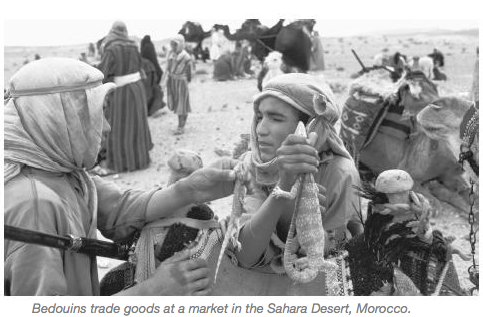
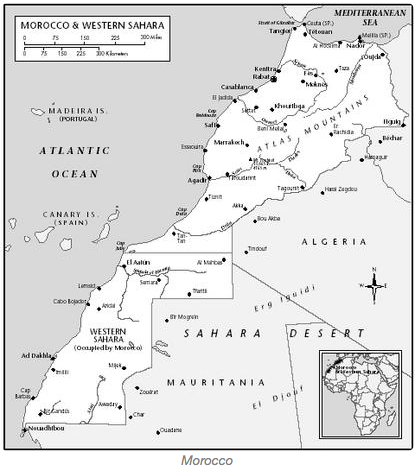
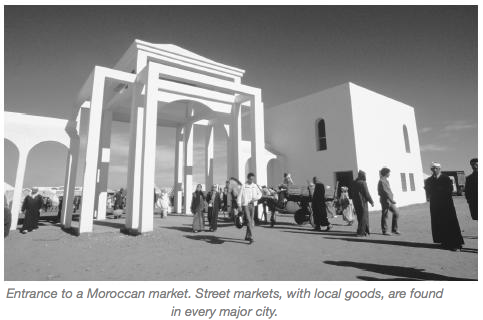

"Commercial Sex Industry", Encyclopedia of Crime and Punishment, Berkshire Publishing Group, Thousand Oaks, CA, USA. Copyright 2002, Author.
Prostitution is defined as "the act or practice of indulging in promiscuous sexual relations especially for money" (Merriam-Webster's Collegiate Dictionary). Often referred to as the oldest profession, prostitution has existed throughout history and across cultures. Written reference to prostitutes can be found as far back as the Babylonian period in 2400 BCE. Although both prostitution and the act of soliciting a prostitute are illegal in every state in America except Nevada, the existence of the commercial sex industry in the United States cannot be denied.
Although this article focuses on prostitution, it is important to note that pornography, phone sex, mail order brides, and exotic dancing all contribute to the profits of the commercial sex industry. According to a 2000 Central Intelligence Agency (CIA) report, profits from the global sex industry exceed $7 billion per year. Although many sex workers and their customers argue that prostitution is a victimless crime, this is not always the case. In recent years there has been an increase in the mass trafficking of women and children across international borders for the purpose of prostitution. The fact that they are often forced to become sex workers against their will has made the commercial sex industry a global human rights concern. The United Nations' International Organization on Migration (IOM) states that trafficking occurs when...
a migrant is illicitly engaged (recruited, kidnapped or sold) within national or across national borders: or when intermediaries (traffickers) during any part of the process obtain economic or other profit by means of deception, coercion and or other forms of exploitation under conditions that violate the fundamental rights of migrants (www.iom.int)
Both nationally and internationally, the commercial sex industry is a topic of much debate. Politicians, religious groups, sex workers and feminists disagree on the causes, solutions, morality issues and laws and regulations surrounding the industries.
Sex Worker Unions and the Case for Legalizing Prostitution
Some argue that prostitution is a form of labor and should be protected as such. In countries such as Costa Rica, the Netherlands, Norway, and Singapore certain forms of prostitution are legally sanctioned. Regulation by the state often includes licensing and regulation of brothels and mandatory health checks to prevent the spread of diseases such as AIDS. Decriminalization of prostitution allows sex workers the option of going to the police after being raped or violently assaulted by a customer or their manager. In the United States, several groups of sex workers seek to decriminalize prostitution. They view their work as an outgrowth of the service industry and seek to abolish laws that call for the arrest and prosecution of those who sell sex. These groups include COYOTE (Call of Your Old tired Ethics), a group founded in 1973 by Marge St. James: PONY (Prostitutes of New York), who work to promote professional standards within the industry; and HOOK, a project by, for, and about men in the sex industry. HOOK hosts a website that offers legal, health, tax and investment advice for male prostitutes in America. In the United States, prostitution is legal in only a few countries in Nevada that do not exceed a certain number of inhabitants. It remains illegal in the major Nevada cities such as Las Vegas, Reno, and Lake Tahoe. Even in the countries where prostitution is legal, streetwalking is not permitted, and prostitutes must be registered, have regular health checks, and work only in licensed brothels. Sex workers who do not follow state guidelines may be fined or lose their license. Nevada's conservative legislators have made repeated attempts to abolish prostitution in the state. However, wealthy members of the Nevada Brothel Association have helped to keep prostitution legal.
Feminist and religious opposition in the United States
On the other side of the issue are conservative religious groups and feminist groups who oppose prostitution and the commercial sex industry as a whole. In Nevada, Christian groups working to abolish prostitution argue that it is morally wrong, that sexual pleasure should not be bought, and that the sex industry undermines the social institutions of marriage and family. They believe that the presence of the industry is bad for children and bad for the moral climate of the United States. Amon feminists, the topic of prostitution and the commercial sex industry is one of the most divisive issues. Whereas some feminists view prostitutes as savvy business-women who are taking advantage of a market opportunity, others believe the industry is inherently linked to a system of patriarchy. As well as being a source of violence toward women, it devalues and exploits them. Feminists who oppose prostitution argue that if other economic opportunities were available, women would not choose to be prostitutes. The Coalition Against the Trafficking of Women (CATW) is an international nongovernment organization that opposes all forms of prostitution, sex tourism, pornography, mail order bride selling and trafficking in women. CATW argues that the issue is not sex, but rather sexual exploitation.
Read the full article.

